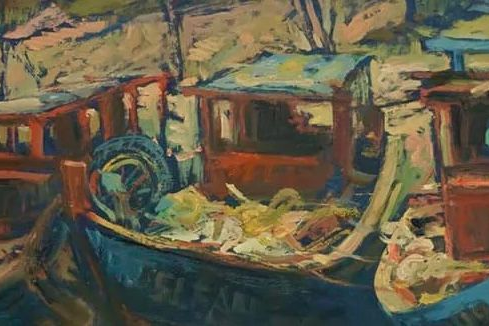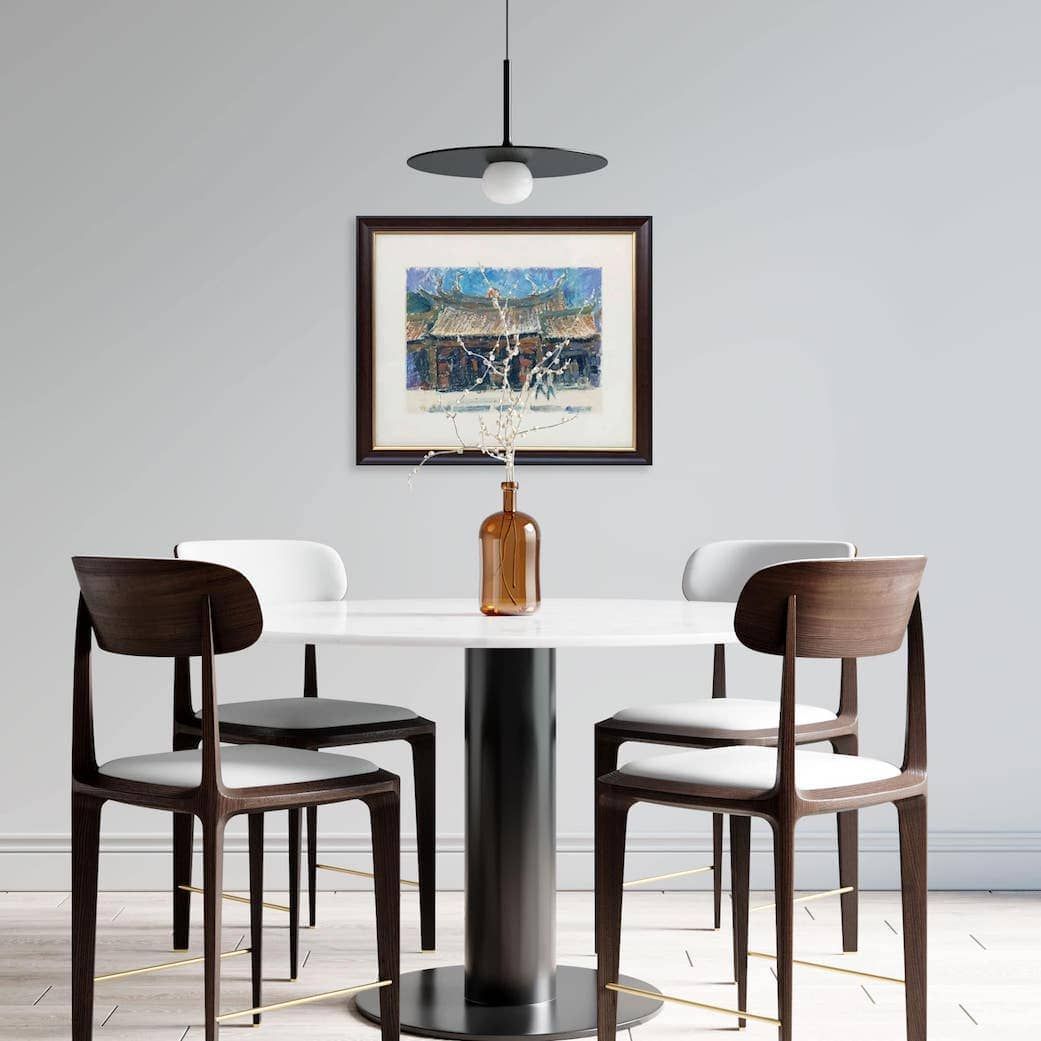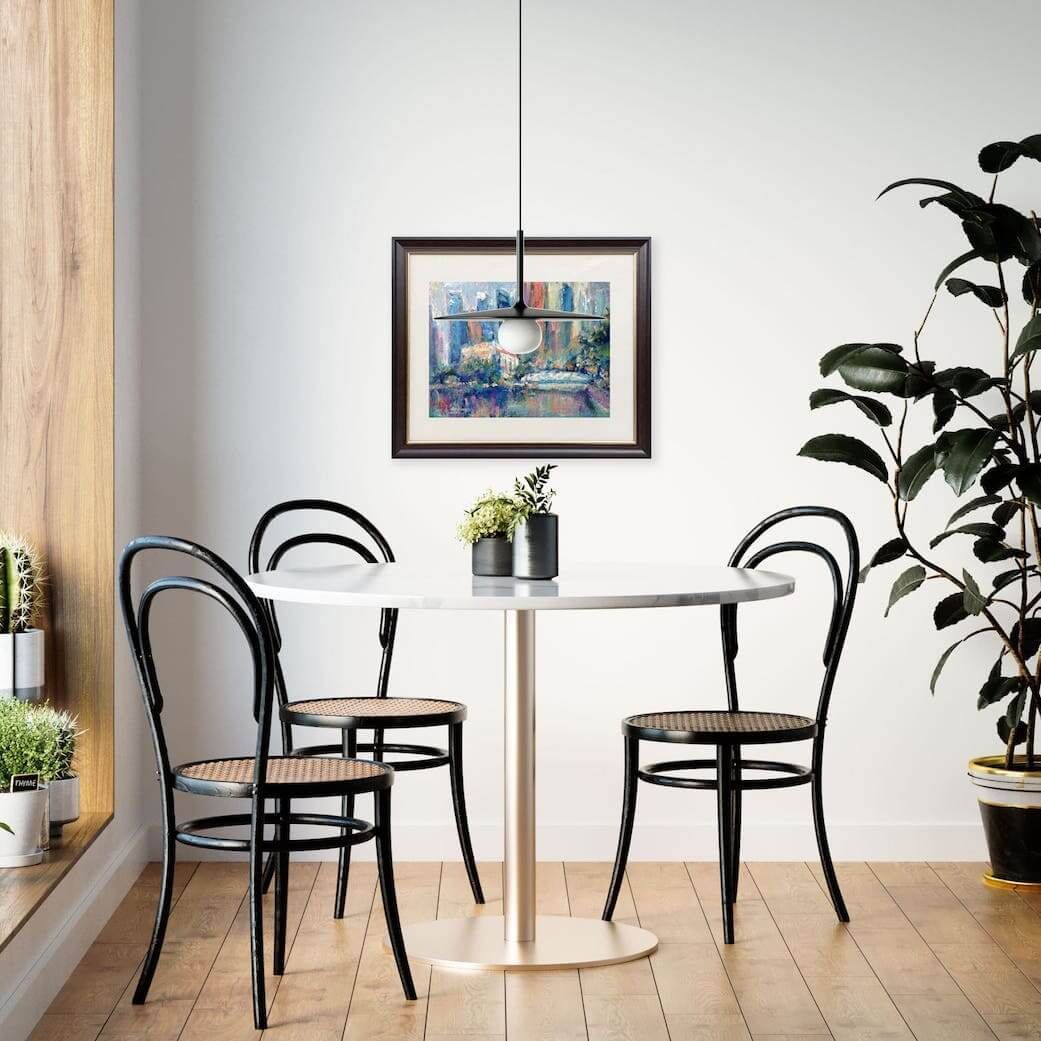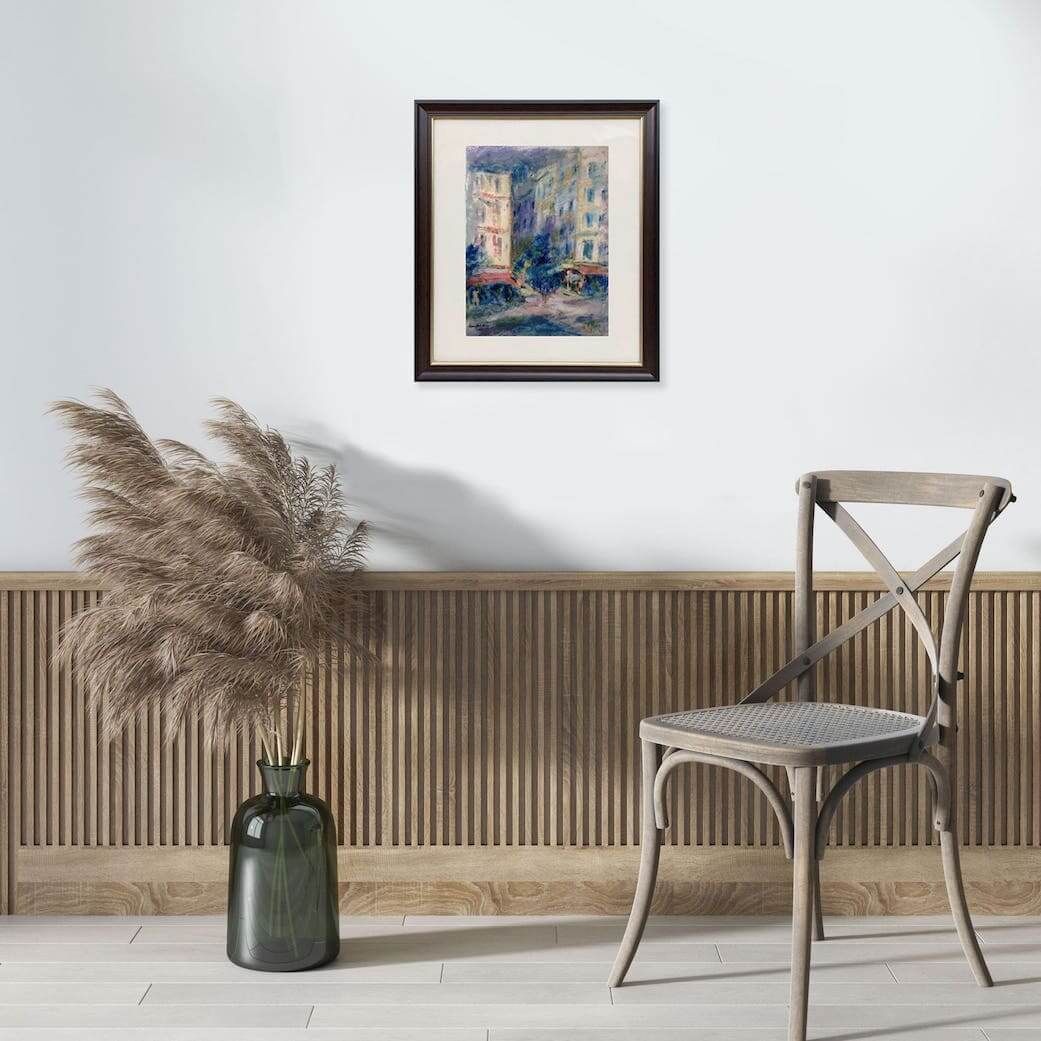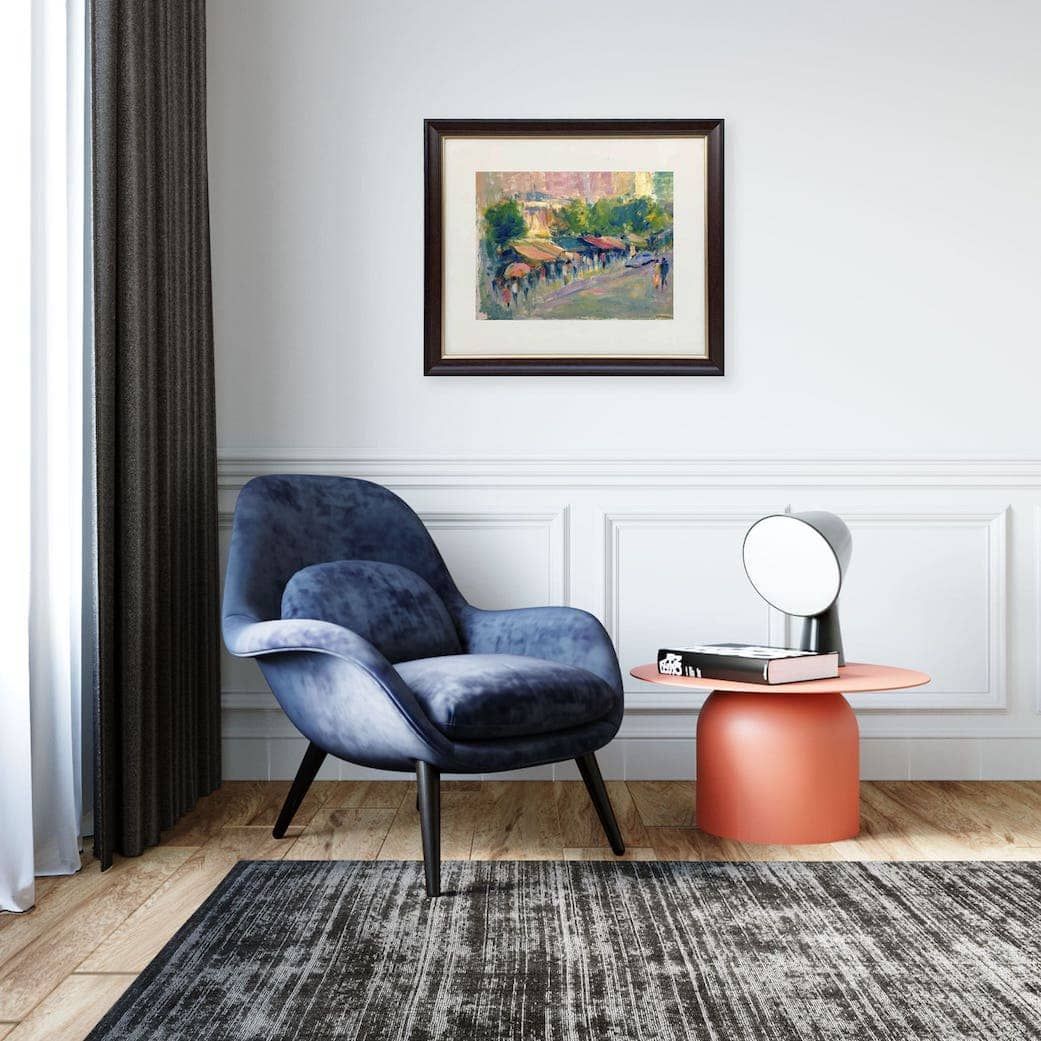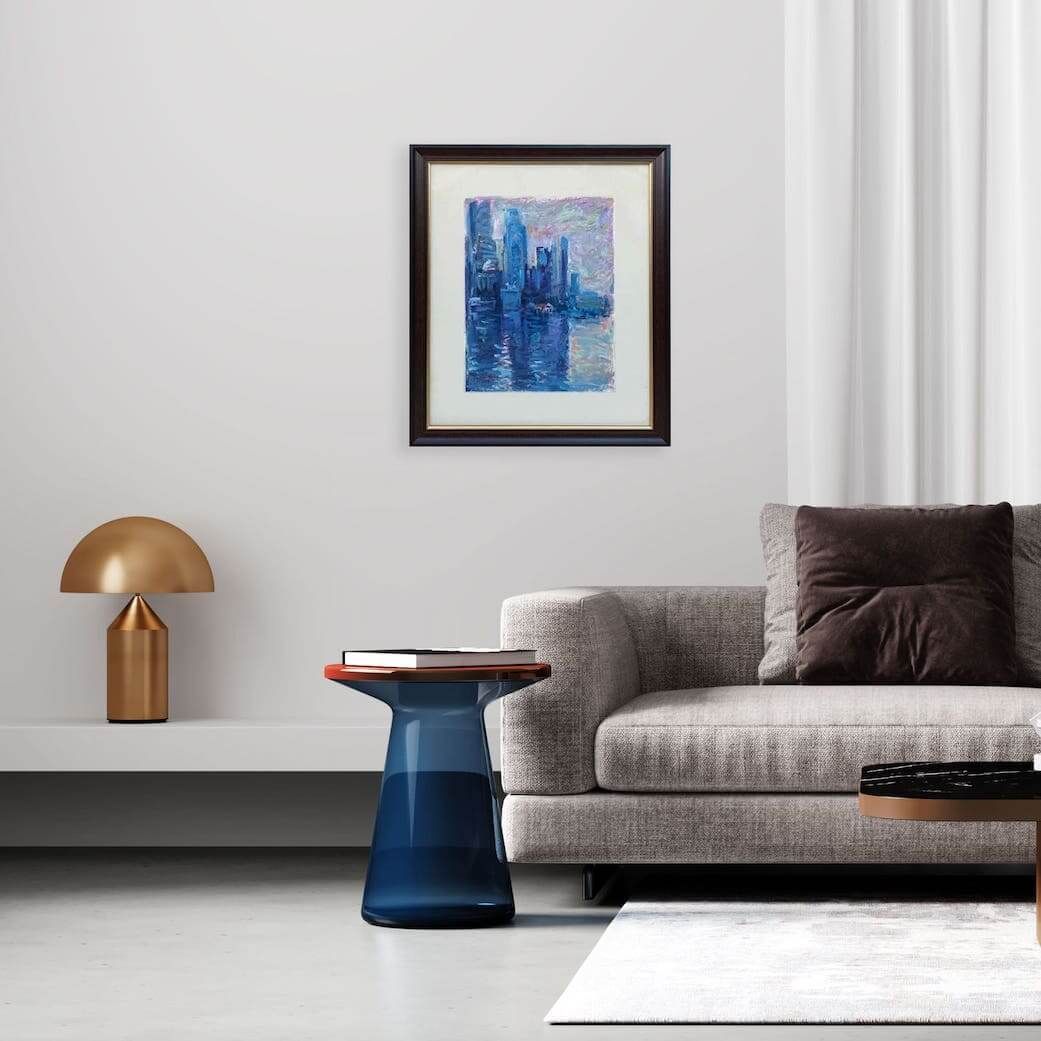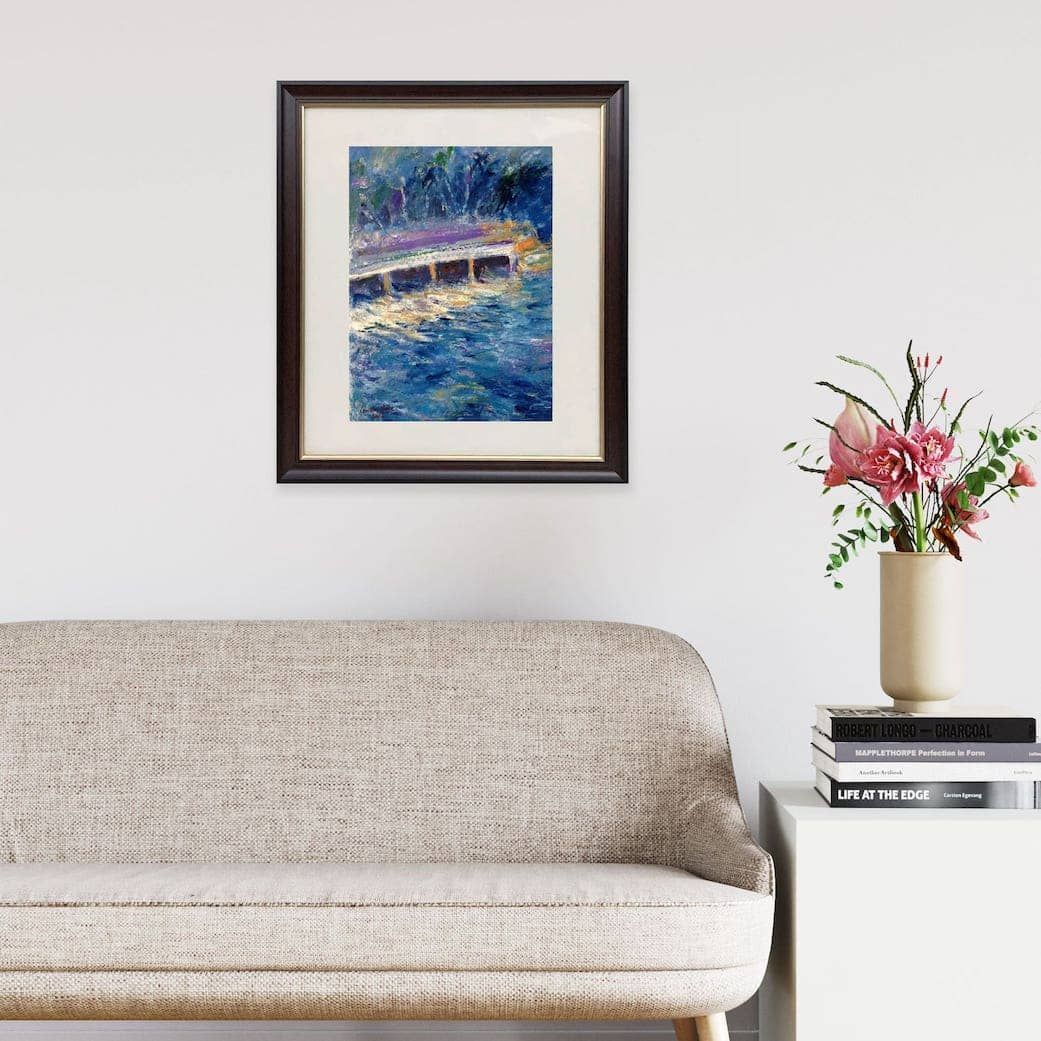The History of Singapore Art: A Journey Through the Decades
The History of Singapore Art: A Journey Through the Decades
If you have ever wandered through Singapore’s galleries, paused before a painting at the National Gallery, or simply admired a mural along a back alley in Kampong Glam, you have already touched a vibrant part of Singapore’s story—its art.
But where did it all begin? And how has it evolved over the decades?
Whether you are a budding collector, a curious local, or a cultural enthusiast, we will take a walk through the history of Singapore art, from its early beginnings to its dynamic presence today.
So, grab a cup of your favourite beverage, and let us dive in!
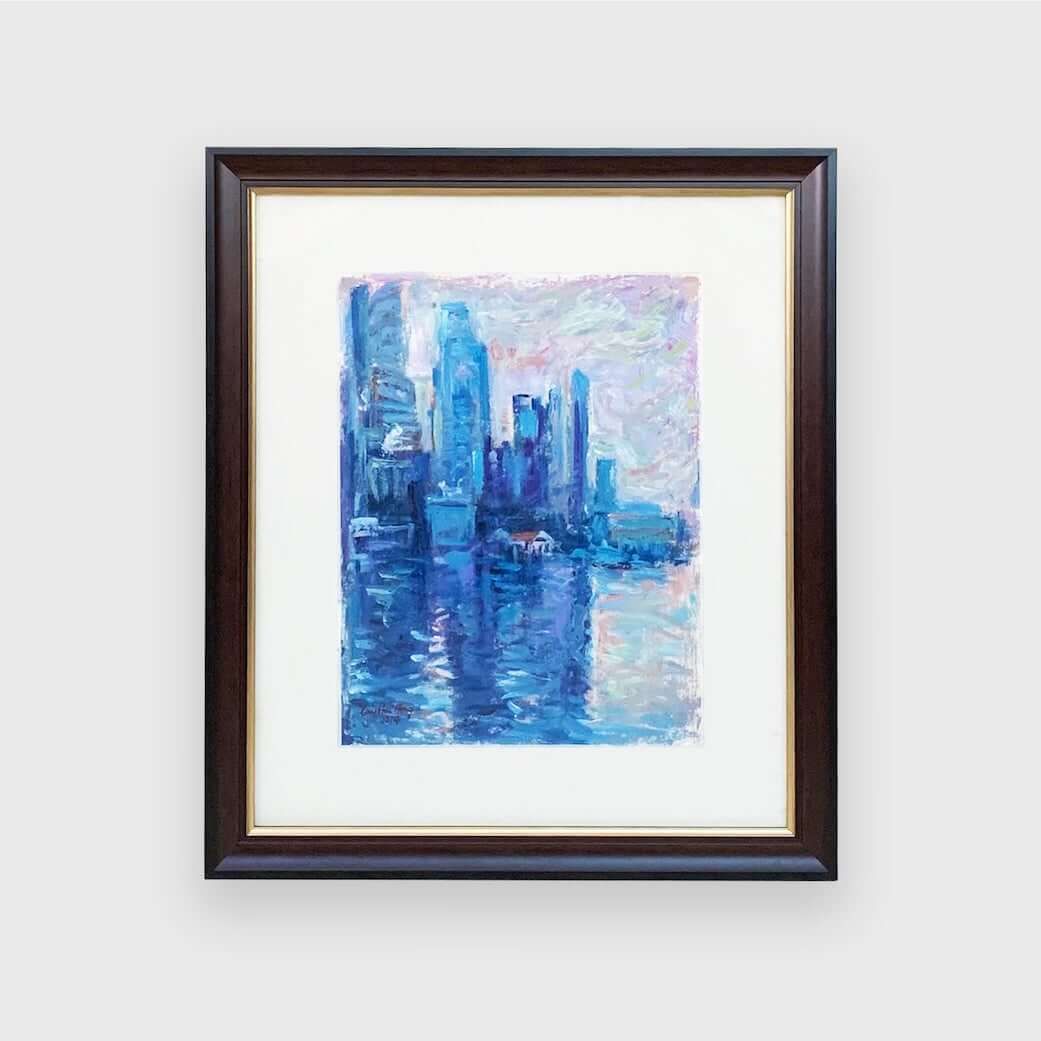
What is the History of Singapore Art?
The history of Singapore art is a reflection of the nation's rich cultural evolution, woven from the threads of migration, colonial history, national identity, and global trends.
From its early days as a trading port to its current status as a global city, Singapore’s art scene has been shaped by various influences, including colonialism, migration, and globalisation.
Early Singapore art was largely representational, driven by colonial artists and local painters capturing everyday life, landscapes, and cultural traditions.
By the mid-20th century, the local art scene began to shift. Artists were not just painting what they saw, they began exploring what it meant to be Singaporean.
As the nation marched toward independence, art became a tool for expressing identity, questioning politics, and experimenting with new forms.
It was a conscious effort to forge a "local" art discourse, and it really set the stage for what was to come.
Think of it as a cultural melting pot, where each ingredient added its own unique flavour to the artistic stew.
Today, Singapore art is characterised by its diversity, innovation, and a strong sense of place.
Each decade brought with it fresh themes, styles, and energies. Let us take a closer look at how Singapore art evolved through the years.
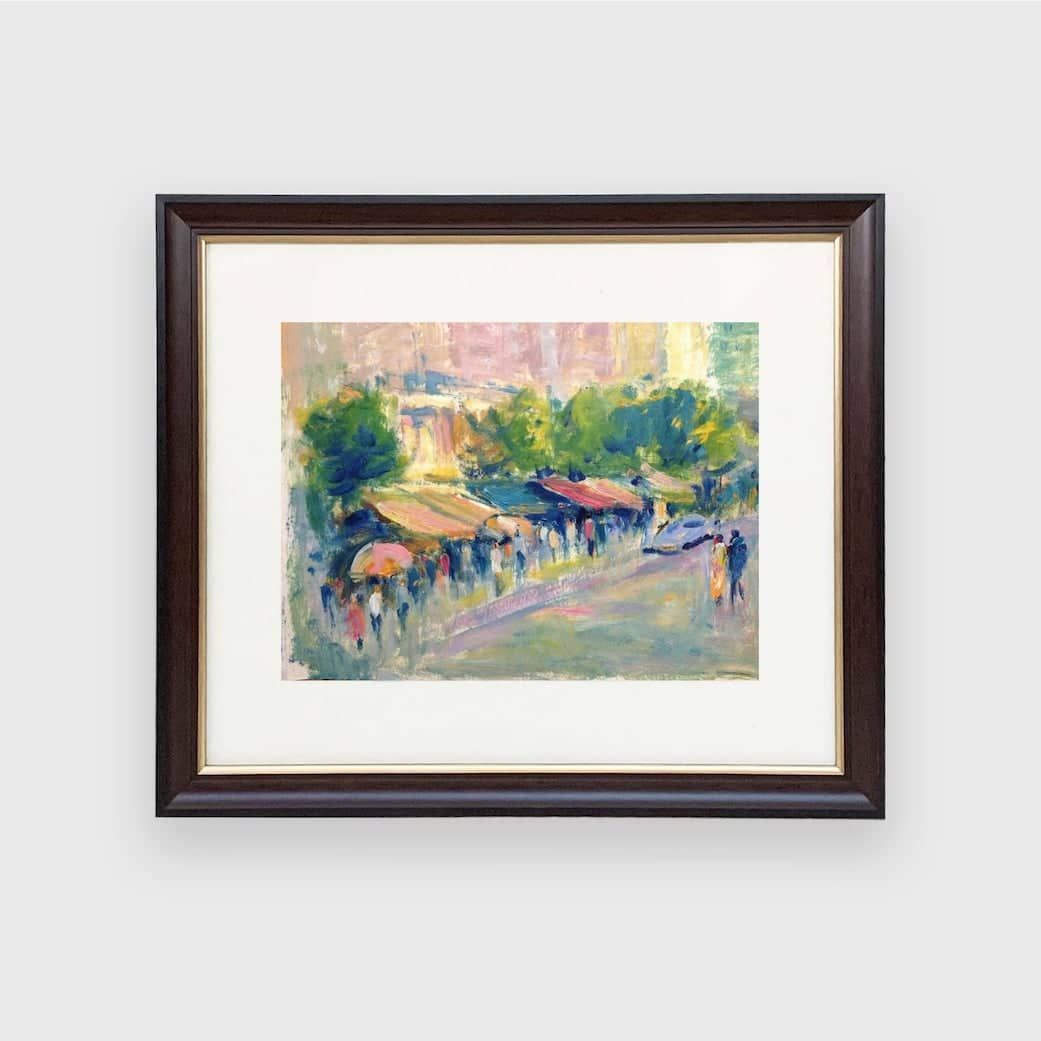
The 1960s: Forging an Identity — Nation-Building and the Nanyang Style
The 1970s: Shifting Forms and Critical Questions
The 1980s: Institutional Growth, Conceptual Explorations, and Global Connections
The 1990s: Cultural Renaissance and International Visibility
The 2000s: Biennales, Galleries, and the Global Stage
The 2010s: A Golden Age for Contemporary Art — Global Integration and Diverse Practices
Final Thoughts: Why the History of Singapore Art Matters
From its early influences to its contemporary expressions, the history of Singapore art is a testament to the nation's dynamic growth and multicultural spirit.
It is a story of artists who, through their unique perspectives and evolving mediums, have continually shaped and reflected the Singaporean identity.
The history of Singapore art is more than just a timeline of painters and exhibitions. It is a story of resilience, experimentation, and identity.
Each decade reflects Singapore’s evolving values, from the early search for national identity in the 1960s to the confident, critical voices of today’s artists.
Understanding this history helps us appreciate where we have come from and where we are headed.
Whether you are an art lover, a budding artist, or simply curious about the world of art, there is always something new to discover in Singapore’s vibrant art community and knowing the backstory adds richness to the experience.
As you can see, Singapore’s art scene is a dynamic and ever-evolving landscape, shaped by a rich tapestry of influences and experiences.
As we look ahead, it is exciting to imagine what new chapters these talented individuals will write in the vibrant narrative of Singapore art.
If you are interested in exploring more about Singapore art, be sure to check out local galleries, exhibitions, and events.
Keep an eye out. There is always something new and inspiring happening. Who knows, you might just find your next favourite artist or piece of art!
